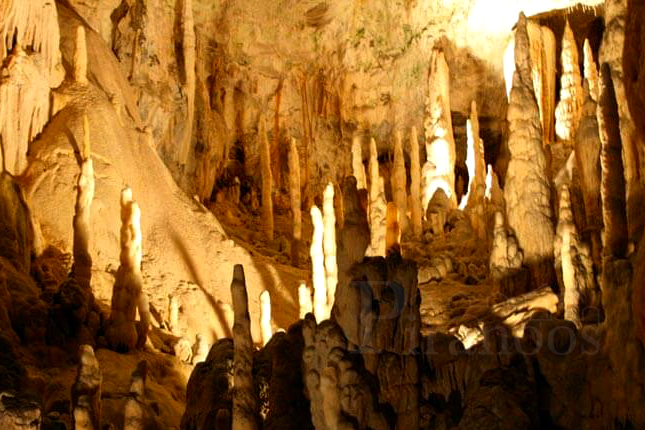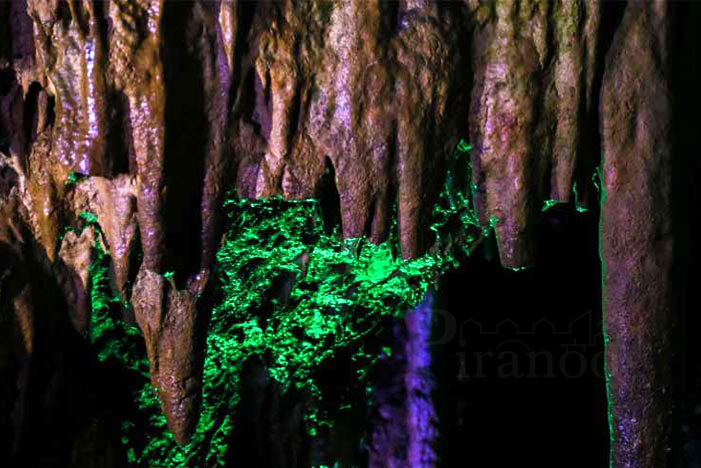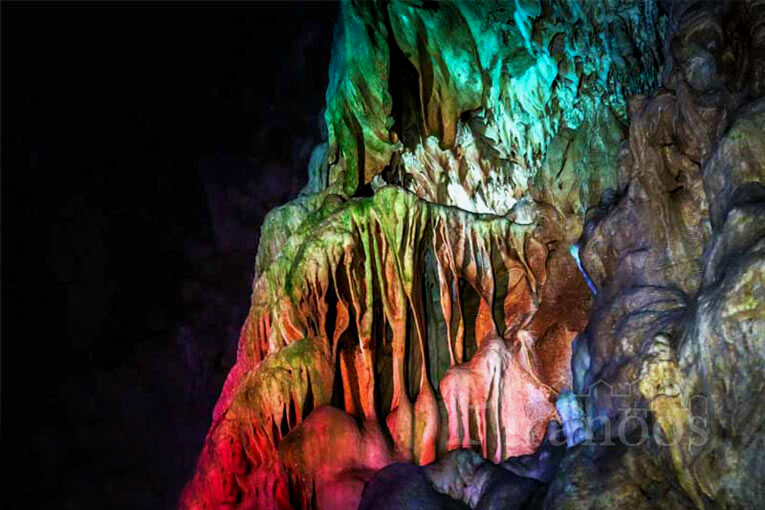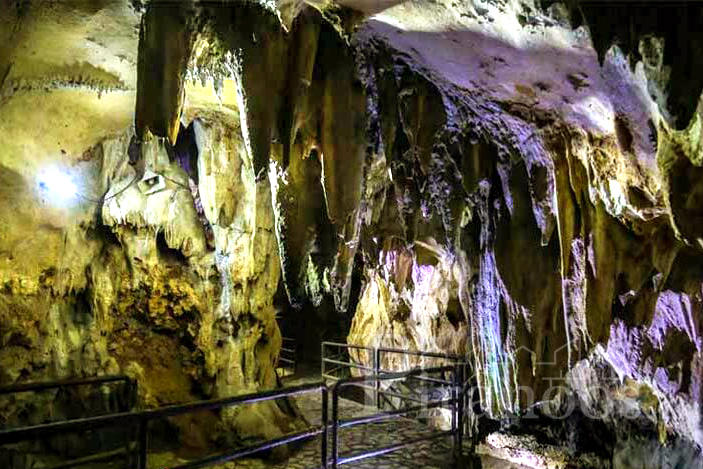Quri Qale or Qura Qala is one of the greatest natural attractions of Kermanshah province in Iran. Because of its 65-million-year history and other notable characteristics, Quri Qale is among the most important water caves in Iran and the Middle East. Join us in this article to explore this amazing natural phenomenon together.
The cave is located 87 kilometers from Kermanshah province in a rural district with the same name in Ravansar county. The unique, eye-catching nature of this district has made the cave a major tourist destination among travelers. Quri Qale cave is located in one of the most spectacular valleys in Kermanshah province. It has a great forest cover, many natural springs and amazing landscapes for any visitor to enjoy.
The district has a very rich flora and fauna. Here, you will see a wide range of different trees such as oak, fig, wild cherry, and almond. You may even see foxes, rabbits, goats and other animals that live around the cave. The cave itself is on the hillside of Shahou Mountain. It is on the right side of Ravansar – Paveh route, overlooking the Quri Qale village.

Quri Qale cave is the largest water cave in Iran after Alisadr in Hamedan province. It is listed as one of the seven national heritage sites of Iran. About 40 years ago, some English cave explorers discovered Quri Qale. But some believe that it had been discovered by locals many years before that. Later on, a group of French explorers estimated the age of cave to be more than 65 million years. During the excavations done by Iranian explorers in 1981, more sections of the cave were discovered.
Quri in Farsi means teapot and Qale means castle. Locals believe that the strange name of the cave comes from an ancient castle located nearby, resembling a teapot. Others believe that there used to be a huge castle in this spot. Kurdish people called the castle Qura Qala, meaning a large castle. After constructing the village and discovering the cave, the area was called Quri Qale. Still, locals call the whole district with the same name.

As mentioned earlier, Quri Qale is one of the largest water caves in Iran and the Middle East. The cave is 12 kilometers long and 3140 meters deep. Besides, the 4 water cascades of the cave make it distinguished among the similar ones in the country. The temperature inside the Quri Qale cave is 7 to 11 degrees (Celsius) and remains constant throughout the year. The cool weather of the cave and its humidity makes it possible for travelers to visit it in any season.
Quri Qale cave has three main chambers with calcite crystals, stalactites, and waterfalls. Winding paths of the cave will lead you to the different sections of the cave. The first vast area you will encounter is called Saint Mary Hall. Stalagmites and stalactites have created beautiful candle-like shapes. One of these shapes resembles the Saint Mary’s face and that’s why they call it with this name.

At the depth of 1000 meters, you will see a very beautiful and magnificent pond. If you touch the speleothems surrounding the pond, each will make a unique sound like a musical instrument. So, discoverers have named the hall after Beethoven. The Brides’ hall is at the depth of 1,600 meters and is very beautiful. The structures in this area are made of white and glossy crystals, and the footprints of those who pass through them will remain here. At the depth of 2700 meters, you will see several amazing waterfalls with heights between 10 to 14 meters. There is also a 220-meter tunnel in the Qura Qala Cave which is known as the Limbo Tunnel.

The colony of a rare kind of bats, known as mouse-eared is another special feature of Quri Qale cave. Besides, archaeologists believe that about 12 to 50 thousand years ago, this cave was home to hunters. The discovered objects from the cave, including bowls, coins and silver plates of the late Sassanid era prove its usage in the ancient times.

During Nowruz, the Iranian new year holiday, the cave becomes a popular destination among domestic travelers. If you intend to enjoy the beautiful nature surrounding the cave, the best time to visit would be during spring and summer. The cave is easily accessible and there are some restaurants and hotels nearby to ease your visit to the cave. The cave’s entrance fee is 10,000 Toman.
While visiting the cave in Kermanshah province, you will have the chance to visit some other attractions, as well. Hajij village in Paveh, Bel waterfall and Taq-e Bostan are other neighboring spots which will amaze you.
